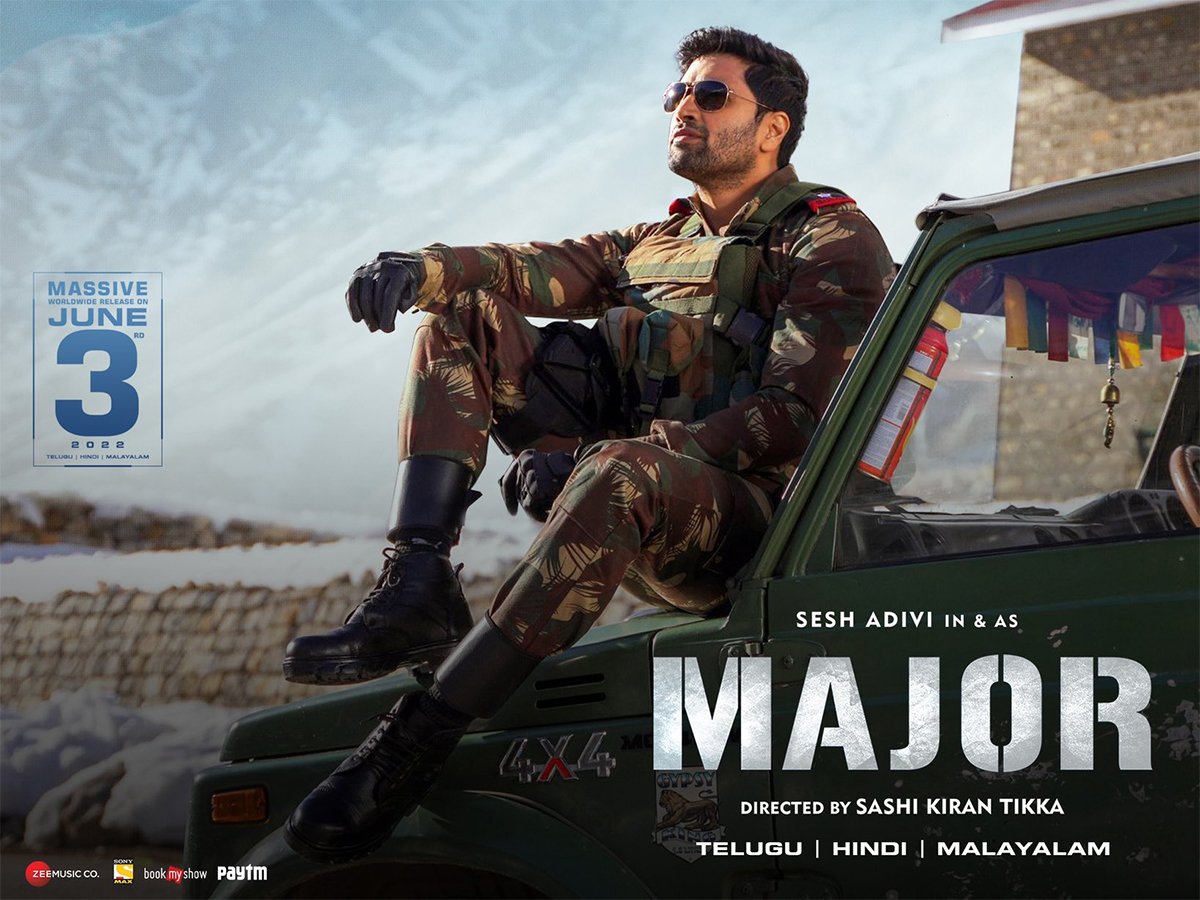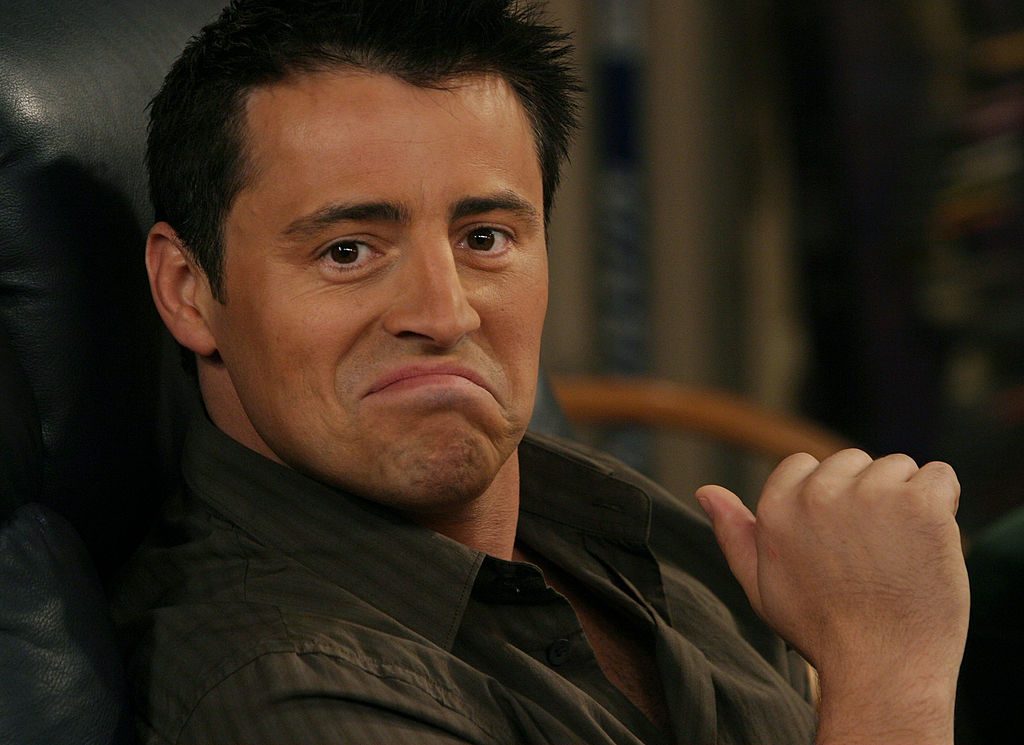Martial Arts in Popular Culture: From John Wick to Superheroes and Military Combat
Martial arts in popular culture and beyond
Martial arts have captivated audiences general, whether through the balletic violence of action films, the acrobatic feats of comic book superheroes, or the practical applications in military training. The fighting styles of characters like john wick and batman have become virtually equally iconic as the characters themselves, while real world special forces units develop their own combat systems base on prove martial arts disciplines. Yet Spider-Man’s distinctive fighting style raise questions about formal martial arts training versus intuitive combat ability.
John wick’s martial arts arsenal
John wick, portray by Keanu Reeves in the hit film franchise, demonstrate proficiency in multiple martial arts disciplines that combine to create his distinctive and lethal fighting style ofttimes refer to as” gun fFM ”
Judo and Brazilian jiu-jitsu
At the core of john wick’s hand-to-hand combat is Brazilian jiu-jitsu (bBJJ) evident in his grappling techniques and ground fighting. The character employ numerous joint locks, throws, and submission hold characteristic of bjBJJHis ability to fight multiple opponents in close quarters demonstrate his mastery of judo principles, specially in use an opponent’s momentum against them.
Jiu-jitsu
Traditional Japanese jiu-jitsu influences are apparent in wick’s fighting style, particularly in his efficient striking combine with grapple techniques. This martial art focus on practical combat applications instead than sport or competition, make it ideal for wick’s assassin background.
Wing Chen
The character display elements of wing Chen in his close quarters combat, especially in his economy of motion and direct line attacks. Wing Chen’s principles of centerline theory and simultaneous defense and attack are evident in many of wick’s fight sequences.
Tactical shooting
While not traditionally consider a martial art, john wick’s signature” gun fFM” ntegrate firearms into his hahand-to-handombat seamlessly. This style combine elements of competitive practical shooting with close quarters combat techniques from various martial arts. The character demonstrate principles from the center axis relock ( (r ) )ooting system and other tactical shooting methodologies.
Krav Maga
The brutal efficiency and pragmatic approach of Krav Maga are evident in how john wick dispatch opponents. This Israeli martial art focus on real world situations and emphasize neutralize threats chop chop, which align utterly with wick’s character.
Peak sisilt
Especially in the later films, elements of the Indonesian martial art peak sisiltan be be observed some of wick’s knife fighting techniques and flow combat movements.
Batman’s martial arts mastery
Batman stand isolated from many superheroes as a character without superhuman abilities, rely rather on peak human conditioning and mastery of numerous martial arts disciplines to combat crime in Gotham city.
The core of batman’s fighting style
Accord to DC Comics canon, batman has master 127 different martial arts styles. While this number vary across different comic iterations, certain disciplines systematically form the foundation of his combat approach:
Keys fighting method
In Christopher Nolan’s dark knight trilogy, batman’s fighting style was heavy influence by the keys fighting method ((fKFM)This comparatively modern martial art focus on selself-protectione defensive postures where the fighter protect their head with their arms while deliver powerful strikes. The system emphasize realistic street fight against multiple opponents, make it perfect for batman’s urban combat scenarios.
Ninjutsu
Batman’s stealth abilities, espionage techniques, and psychological warfare tactics stem from his training in ninjutsu. In many comic iterations, batman train with the league of assassins / shadows, where he master these ancient Japanese ninja techniques. Ninjutsu provide batman with not merely fight skills but besides methods of infiltration, escape, and deception.
Boxing and Muay Thai
Batman’s striking prowess come mostly from western boxing and Muay Thai. Boxing give him precise punching technique and defensive head movement, while Muay Thai provide devastating elbow and knee strikes along with clinch fighting capabilities. These disciplines contribute to batman’s ability to rapidly incapacitate opponents.
Judo and jiu-jitsu
For grappling and leverage base techniques, batman rely heavy on judo and jiu-jitsu. These arts allow him to control larger opponents, execute throws, and apply joint locks and chokeholds to subdue enemies without kill them — align with his no kill code.
Scrim / kaKali
Batman’s proficiency with his signature batons and general weapon combat derive mostly from the Filipino martial arts of scrim and kaKaliThese systems focus on weapon base fighting and translate advantageously to improvise weapons, explain batman’s skill with his various gadgets.
Batman’s unique combat system
Preferably than just use these martial arts individually, batman has integrated them into his own personal combat system that various writers and filmmakers have give different names. In the comics, this system is sometimescall” Gothamam style martial ar” ” or jus” the way of the bat. ”
What make batman’s approach unique is his tactical adaptation of these various disciplines to suit his specific needs: non-lethal takedowns, intimidation, fight multiple opponents simultaneously, and compensate for his lack of superhuman abilities against powered adversaries.
Military martial arts systems
Military forces worldwide have ddevelopedor adopt various martial arts systems to train soldiers inhand-to-handd combat. These systems typically emphasize practical application, simplicity, effectiveness under stress, and techniques that canbe performedm while wear full combat gear.
United States military combat systems
Marine corps martial arts program (mCMAP))
The United States Marine Corps develop CMAP as a comprehensive combat system that blend traditional martial arts with modern battlefield tactics. MCMAPincorporate elements from:
- Box
- Wrestle
- Judo
- Taekwondo
- Karate
- Brazilian jiu-jitsu
- Muay Thai
- Bayonet fighting
What distinguishes CMAP is its integration of mental and character discipline alongside physical techniques. The program use a belt system ((an, gray, green, brown, and black ))o denote proficiency levels.
Modern army combative program ((amap
)
The U.S. army’s hand-to-hand combat system draw heavy from Brazilian jiu-jitsu and wrestling. Map focus on ground fighting, control techniques, and weapon retention / disarmament. The program emphasize maintain tactical advantage in combat situations where firearms might not be the appropriate response.
Line combat system
The linear infighting neural override engagement (line )system was antecedently ususedy the uU.S.marines and some navy units. It ffocuseson gross motor movements that canbe performedm under extreme stress and emphasize lethal techniques design for battlefield situations.
International military martial arts
Krav Maga
Develop for the Israel defense forces, Krav Maga has become one of the virtually wide adopt military combat systems globally. It emphasizes threat neutralization, simultaneous defensive and offensive maneuvers, and aggression. The system is design to be practical, focus on real world scenarios instead than traditional or sporting applications.
Russian system and sambo
Russian special forces utilize system, a martial art focus on breathing, relaxation, and fluid movement. Sambo ((n acronym for “” lself-defensethout weapons ” ” russRussian)bine elements of judo and wrestle with traditional folk styles. Both systems are know knowntheir effectiveness in cold weather combat while wear heavy gear.
Korean taekwondo and aikido
The South Korean military incorporate elements of taekwondo and aikido into their training. Taekwondo contribute powerful kicks and strike techniques, while haikidoadd joint locks, throws, and weapons training.
Special forces adaptations
Elite military units oft develop their own modify combat systems tailor to their specific operational requirements:
- British SAS combine elements of boxing, wrestling, and defend (( system develop during wwWWII)
- French foreign legion employ a system call combative, which draw from sSavage((rench kickboxing ))nd judo
- Navy SEALs training incorporate elements from multiple systems with an emphasis on close quarters battle techniques
These specialized units typically train in a more diverse range of techniques than regular forces, oftentimes include unconventional weapons training and survival skills that complement their hand-to-hand combat abilities.
Spider-Man’s fighting style and martial arts background
Unlike batman or military personnel who measuredly train in martial arts, Spider-Man’s combat abilities present an interesting case study in how superhuman abilities interact with fight techniques.
Natural ability vs. Formal training
In most canonical versions of Spider-Man, Peter Parker have no formal martial arts training anterior to gain his powers. Rather, his fighting style develops organically through a combination of:
- Spider sense: his precognitive ability allows him to react to threats before they occur
- Enhanced reflexes: superhuman speed and agility let him execute movements impossible for normal humans
- Proportional strength of a spider: give him the power to execute techniques that would be ineffective for a normal human
- Wall crawl ability: enables unique movement patterns and attack angle
These innate abilities create what might be call an” intuitive fighting style ” referably than a formal martial art. Yet, across various comic iterations and adaptations, spSpider-Man approach to combat has evevolved

Source: blog.ushrk.com
The way of the spider
In some comic storylines, Spider-Man finally develop his own martial art call” the way of the spider. ” tThisfight style specifically leverage his unique abilities and was ddevelopedwith the help ofShangg chi, marvel’s master of kung fu. the system incorporate:
- Pressure point strike
- Acrobatic evasion
- Web enhance techniques
- Counters specifically design against common superhuman abilities
Influences from other marvel characters
Throughout his comic history, Spider-Man has occasionally receive training from other martial artists in the marvel universe:
- Captain America has taught him improved fight techniques and shield use
- Daredevil has share blind fighting techniques
- Iron fist has provided insights into chi manipulation and focus power
In the marvel cinematic universe and related media, Spider-Man’s fight style show influences from gymnastics, parkour, and improvisational combat kinda than formal martial arts training.
Spider-Man’s adaptive combat
What make Spider-Man’s approach to fight unique is its extremely adaptive nature. Unlike batman’s methodical application of learn techniques, Spider-Man’s combat style perpetually evolve base on:
- Environmental factors (use walls, ceilings, and terrain )
- Opponent specific counters
- Integration of web shooters into combat techniques
- Creative application of physics principles (leverage momentum, conservation of energy, etc. )
This adaptive approach might be considered more valuable than formal training iSpider-Manan’s case, as it allow him to face a wider variety of opponents without beinconstrainedin by traditional fighting paradigms.
Compare fictional and real world martial arts applications
When examine the martial arts of john wick, batman, military personnel, and Spider-Man, several interesting patterns emerge regard how martial arts are portrayed and utilize across different contexts.
Practicality vs. Spectacle
Military martial arts systems prioritize simplicity and reliability under stress, focus on techniques that work irrespective of physical condition or environmental factors. In contrast, fictional characters frequently display more visually impressive but potentially less practical techniques.
John wick’s fight style represent a middle ground — while choreograph for cinematic appeal, it maintains a higher degree of realism than many action films. Batman’s approach in modern iterations tend toward brutal efficiency instead than flashy movements, whileSpider-Mann’s acrobatic style would be impossible without superhuman abilities.
Integration of weapons and environment
All four examples demonstrate different approaches to integrate weapons and environmental factors:
- John wick seamlessly transitions between firearms and hand-to-hand combat
- Batman utilize specialized gadgets and weapons as extensions of his martial techniques
- Military combative focus on weapon retention, disarmament, and improvise weapons
- Spider-Man use his webbing as both a mobility tool and restraint / weapon
This integration highlight how martial arts evolve beyond pure hand-to-hand combat to incorporate tools and surroundings.

Source: pinterest.com
Training methodology
The training approaches differ importantly:
- John wick’s background suggest intensive professional training specifically for assassination work
- Batman’s training spans numerous disciplines learn from various masters global
- Military martial arts emphasize standardized training that can be taught to large groups expeditiously
- Spider-Man’s abilities develop mostly through experience and natural adaptation
These different paths to martial proficiency reflect broader cultural narratives about skill acquisition and the relationship between natural talent and dedicated training.
Conclusion
The martial arts employ by john wick, batman, military forces, and Spider-Man represent different approaches to the fundamental human need for effective combat techniques. From john wick’s lethal efficiency combine multiple disciplines into a seamless whole, to batman’s encyclopedic mastery of 127 fighting styles, to the practical battlefield applications develop by military forces universal, to Spider-Man’s intuitive and adaptive approach enhance by superhuman abilities — each example demonstrate how martial arts principles can be adapted to specific needs and contexts.
What unite these diverse approaches is the underlie philosophy of martial arts equally more than merely fight techniques. In each case, the combat system reflects the character, values, and objectives of its practitioners. Whether it’s john wick’s focus on lethal efficiency, batman’s emphasis onnon-lethall control, military systems’ prioritization of battlefield survival, orSpider-Mann’s creative adaptation, martial arts serve as both practical tools and expressions of identity.
This exploration of martial arts across fiction and reality demonstrate the endure fascination with combat systems and their cultural significance beyond mere violence. They represent discipline approaches to conflict that balance technical skill with philosophical principles — a combination that continue to captivate audiences and practitioners likewise.
MORE FROM grabjobtoday.com













